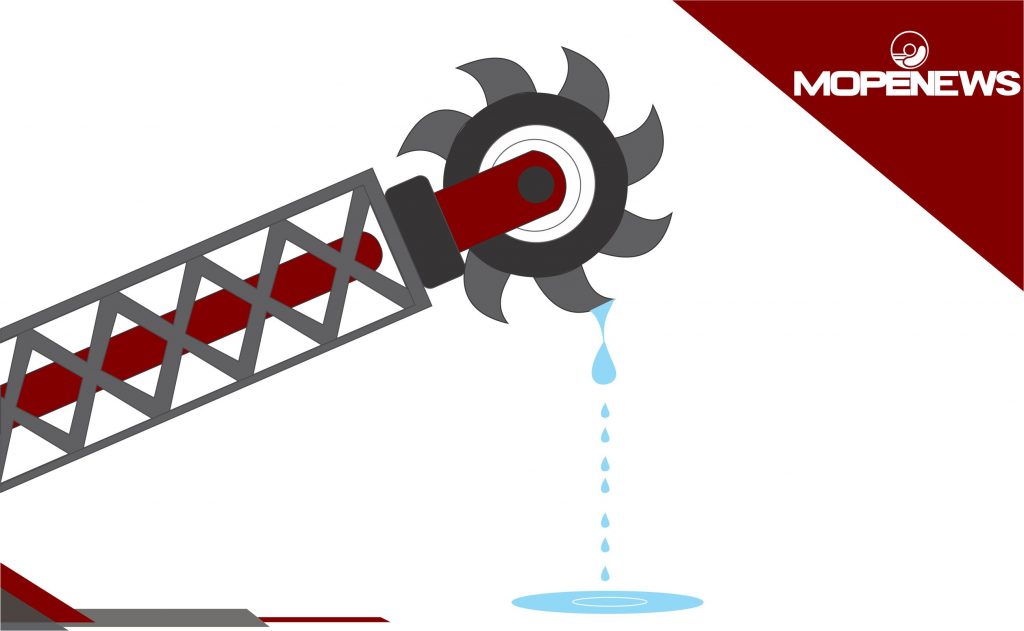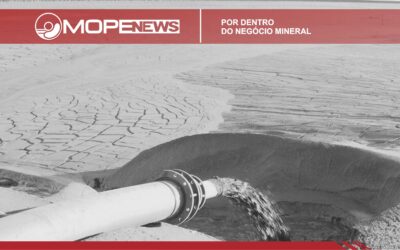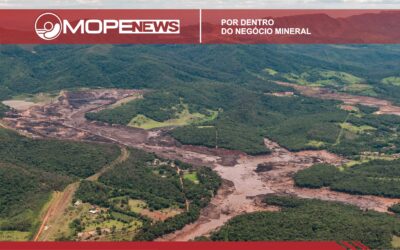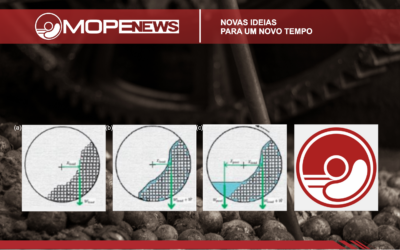Water: on state of alert
BRAZIL – General
The average water consumption per person is 154.9 liters/day¹.
This is equivalent to 0.00645 m³/h (154.9/24 = 6.45 l/h = 0.00645 m³/h).
With 12.18 million inhabitants, then, the city of São Paulo will consume: 78.56 m³/h.
According to the National Water Agency – Brazil (ANA), the agribusiness consumes 70% of the country’s water².
Let’s see some figures on water in mining:
Typical Gold Mining (100 t/h): 300 m³/h / equivalent to a city of 46.5 thousand inhabitants, as: Congonhas (MG), Campos de Jordão (SP), Itabirito (MG).
Itabirite Mining for Pellet Feed (20 Mtpa): 1200 m³/h / equivalent to a city of 186.0 thousand inhabitants, as: Juazeiro (BA), Criciúma (SC), Cabo Frio (RJ), Sobral (CE).
Mineral Pipeline: 2000 m³/h / equivalent to a city of 310.0 thousand inhabitants, as: Vitória (ES), Vitória da Conquista (BA), Franca (SP), Blumenau (SC), Riberão das Neves (MG), Uberaba (MG).
One ton of iron ore receives: 0.4 to 0.5 m³/h of water (or more); almost equivalent to the daily supply to a group of 70 to 80 persons.
For the Brazilian case, water scarcity is observed mainly in the northeastern states. In regions with water abundance, the problem lies in how to deal with fine tailing slurries, both in the recovery (recirculation) of such water and for the mitigation of possible environmental impacts (or disasters).
CHILE – Copper Mining
Copper sulfide ore beneficiation plants in Chile used, 10 years ago, something around 0.7 m³ of water (total) per each ton of processed ore. Recently, due to the increased use of seawater and also through improvements in process water recovery (68% to 74%), the average “continental” water consumption has decreased to 0.36 m³ per ton of ore³.
The biggest Chilean problem, with regard to water, is not only the natural shortage of this resource in the desert regions, which concentrate most of the mining activity. It has also to do with the radical impoverishment of the ore in recent years (lower contents in the ROM). It proportionally increases water consumption when correlating it to the ton of fine copper produced.
CONCLUSIONS:
Mining, in general, is spending increasingly water and energy because of the rise of gangue in the flow to be processed, due to poorer ores. This situation has been worsened by the mistaken policy of “grinding and floating everything”, concentrating efforts in treating gangue, in a strange arrangement that places a giant grinding mill (wet grinding mill) working before the crushers.
Adapt the beneficiation route of your plant (getting the most out of existing equipment) to the Selective Concentration. Studies must be made, in each operation, to face the ROM with dry fragmentation and preconcentration actions, enriching and reducing the mass that advances toward the operations which consume more water and energy.
Alexis Yovanovic
¹ Sistema Nacional de Informações sobre Saneamento



